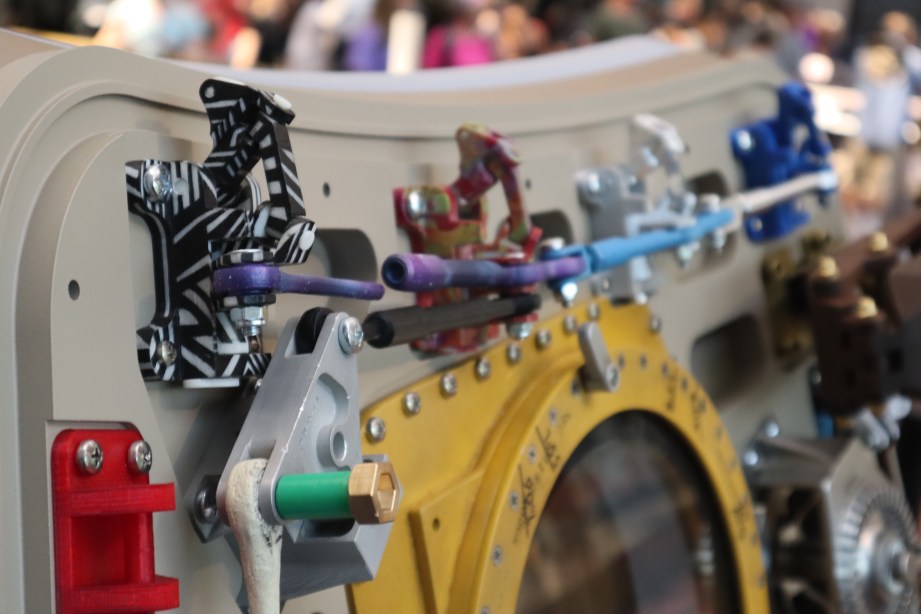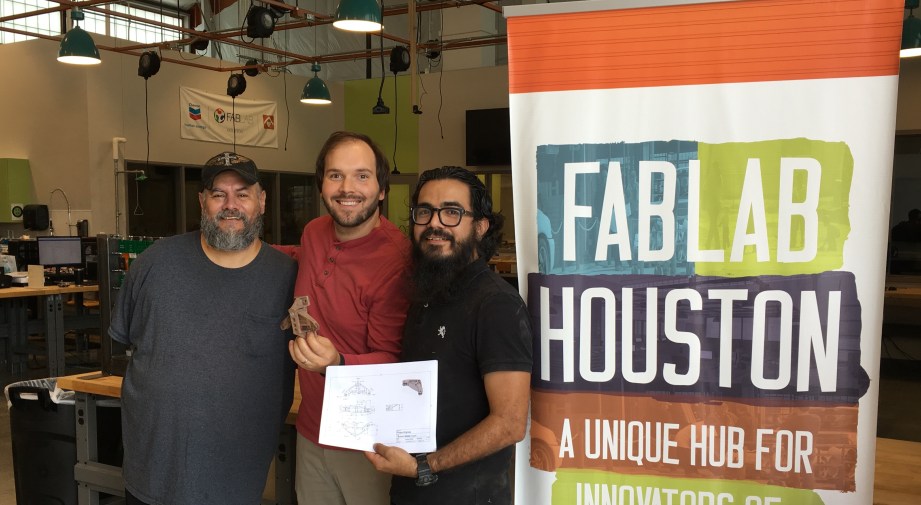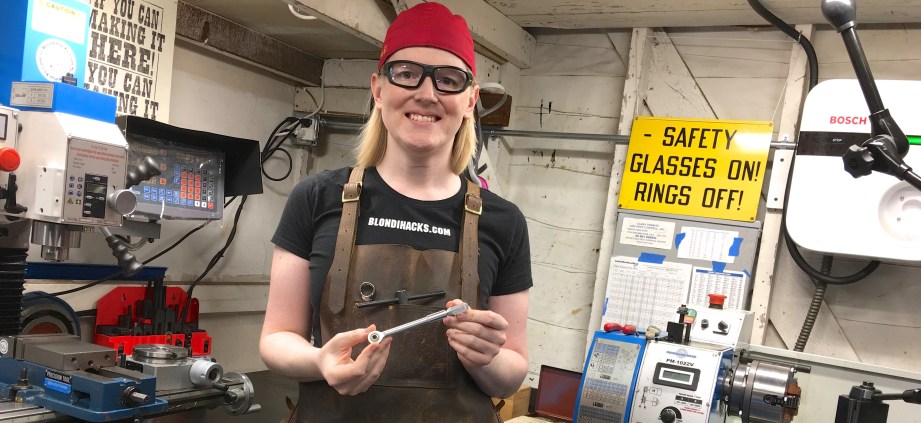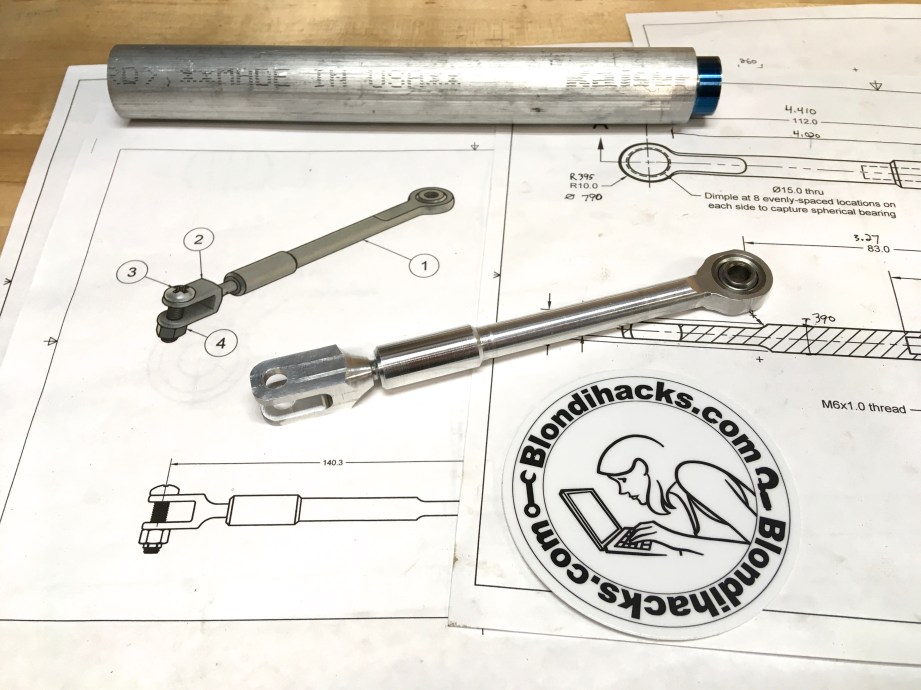Besides making a part for Project Egress, and participating in the live build, Mel Ho works in Adam Savage’s shop when they’re not in school. They’re also our good friend.

Read on to learn more about Mel.
Bio: Mel Ho is a fabricator and robotics engineering student obsessed with vintage computing, mathematics, and the cyberpunk dystopian future.
If there was one thing that could encompass Mel’s life, it would be a laundromat cafe that serves ice cream, notarizes papers, and officiates weddings. Along with having extensive experience with fabrication tools in makerspaces and CNC manufacturing spaces, such as Techshop and Plethora, they have also dabbled in graphic design, illustration, network security, music production, and basically anything that can pay the bills.
When not in UCSC working on bio-inspired robots (DANSER Lab) and studying hard for that diploma, Mel lives a second life as an artist and fabricator for the illustrious Adam Savage in his sweet cave.

Artist statement: “It has been an exciting and humbling experience to participate in Project Egress. Collaborating with Jen Schachter on our dazzle camo part, not only forged a strong bond between two shop heads, but contributed to an elaborate sculpture that encapsulated the same feelings of creativity and wonderment the original Apollo missions set out to do.
What defined Project Egress for me was the diversity of fabrication techniques used by everyone involved with the project. From 3D printed parts with interesting finishes to machined wood and metal components, the hatch door is an amalgam of artistry and engineering. Regardless of the artist’s background or skill sets, we are all part of something magnificently interesting; eclectic fragments that create a greater whole.”





























